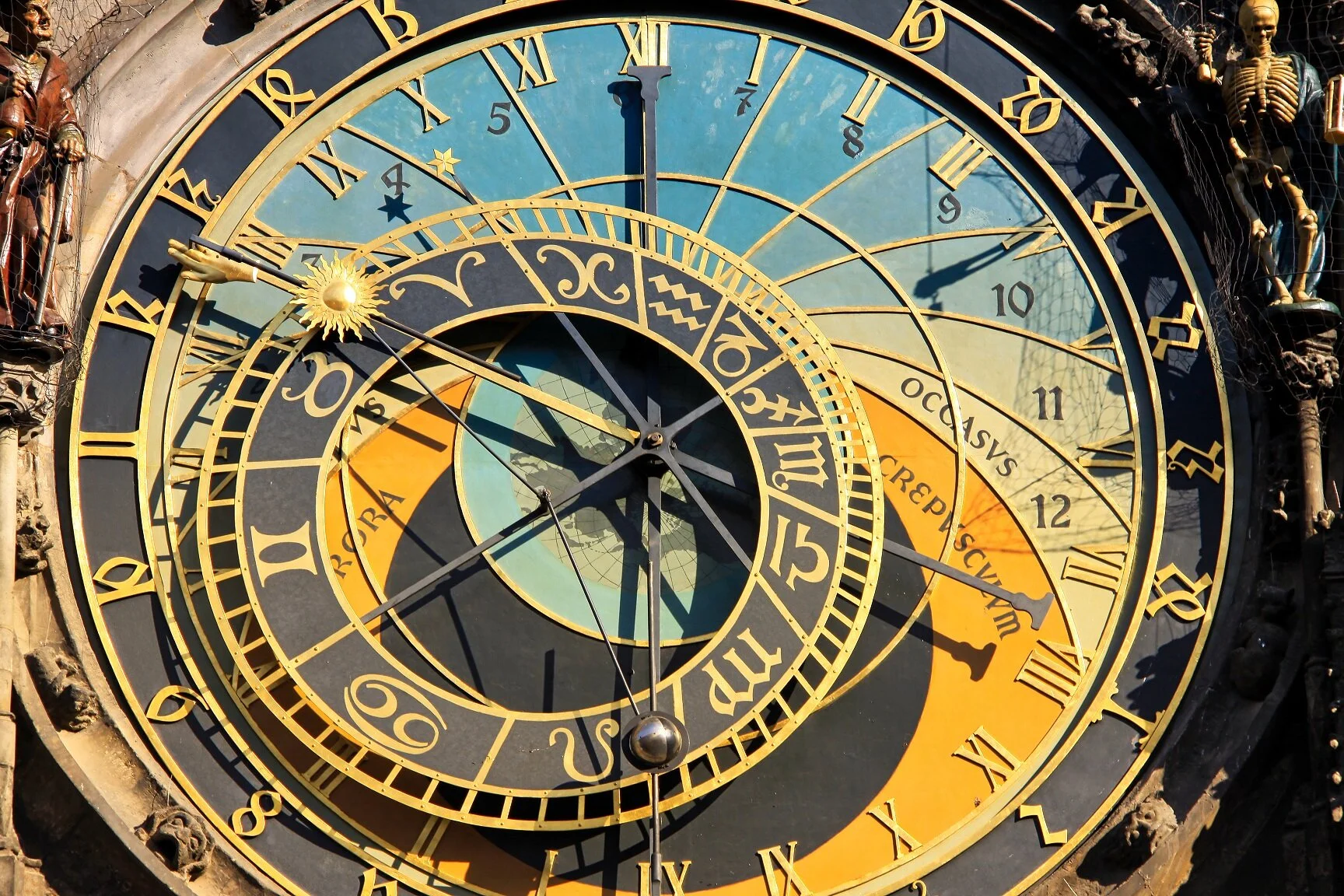We live on a moving target in a cosmic firing range. Each day, the Earth is bombarded by about a hundred tonnes of space debris. It may sound alarming, but this is really nothing to worry about. Most of the objects that fall towards our planet are pretty small – typically about the size of a grain of sand or even smaller – and burn up in the upper atmosphere tens of kilometres above the ground.
Here’s how we could build a colony on an alien world
How to build a time machine
Every now and again, we all indulge in dreams about travelling in time. Wouldn’t it be wonderful to return to that specific point in the past to change a bad decision or relive an experience – those halcyon days of childhood, that night you won an Oscar – or to zip ahead to see how things turn out in the far future.
Explainer: what is the placebo effect and are doctors allowed to prescribe them?
We should work together in the race to mine the solar system
What is time – and why does it move forward?
Imagine time running backwards. People would grow younger instead of older and, after a long life of gradual rejuvenation – unlearning everything they know – they would end as a twinkle in their parents' eyes. That’s time as represented in a novel by science fiction writer Philip K Dick but, surprisingly, time’s direction is also an issue that cosmologists are grappling with.
A dark night is good for your health
UV radiation: the risks and benefits of a healthy glow
What would happen if Earth fell into a black hole?
Black holes have long been a source of much excitement and intrigue. And interest regarding black holes will surely grow now that gravitational waves have been discovered. Many of the questions I am asked regard how “true” science fiction concerning black holes might be, and whether worm holes, such as those featured in Stargate, are real or not. Invariably though, the one item that is almost assured to come up are the largely gruesome ways in which black holes might theoretically affect human beings and the Earth itself.
Timeline: the history of gravity
Health Check: what happens to your body when you’re dehydrated?
Water is essential for human life. It accounts for for 50-70% of our body weight and is crucial for most bodily functions. Any deficit in normal body water – through dehydration, sickness, exercise or heat stress – can make us feel rotten. First we feel thirsty and fatigued, and may develop a mild headache. This eventually gives way to grumpiness, and mental and physical decline.
Did the Vikings use crystal ‘sunstones’ to discover America?
Ancient records tell us that the intrepid Viking seafarers who discovered Iceland, Greenland and eventually North America navigated using landmarks, birds and whales, and little else. There’s little doubt that Viking sailors would also have used the positions of stars at night and the sun during the daytime, and archaeologists have discovered what appears to be a kind of Viking navigational sundial. But without magnetic compasses, like all ancient sailors they would have struggled to find their way once the clouds came over.
Not just bees: the buzz on our other vital insect helpers
How science can teach us to be more relaxed
After a busy and stressful year, I recently found myself physically and mentally exhausted with a very real need to relax. A last-minute holiday felt like a perfect solution and I returned feeling refreshed and recharged. What was it that helped me to relieve my physical tension and restore my inner calm? Was it exploring somewhere new, swimming in the sea, spending time with family – or just lying on the beach, touching the sand and completely switching off?
Is there really any science behind the Sirtfood diet?
Few things are so deeply infected by fads, frauds and quackery as nutrition. As such, it is through a lens of healthy scepticism that we should view any new diet. The latest to make headlines is the Sirtfood diet which, if we are to take claims at face value, will assist with weight loss as well as offering other benefits such as “stimulating rejuvenation and cellular repair”.
Justin Schmidt - Suffering for science: why I have insects sting me to create a pain index
Explainer: what are the ‘nacreous clouds’ lighting up the winter skies?
People in the polar regions of the world, such as Scandinavia and Canada, sometimes get to watch majestic, rainbow-coloured clouds drift across an otherwise grey winter sky. Over the past few days, observers from across the UK and Ireland have also been lucky enough to witness this phenomenon, known as “nacreous” (or polar stratospheric) clouds.
The forgotten moon landing that paved the way for today’s space adventures
Crashing into a planet is seldom a good idea. If you’re trying to travel to another world, you’re likely to land at tens of kilometres per second unless you do something serious to slow down. When Neil Armstrong famously became the first man on the moon in 1969, he piloted a lunar module onto the surface using thrusters that slowed the craft’s descent.
Confessions of a chemist: I make molecules that shouldn’t exist
At drinks parties and dinners, if someone asks what I do for a living, I always say: “Synthetic chemist … I make new molecules … especially those that shouldn’t exist.” People typically respond that they were not very good at chemistry at school – or they enquire about explosions and smells. And there, usually, the conversation ends.


















